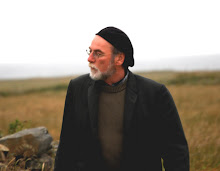A View Over Arab Street

In Singapore, I found regular solace at the In The Name Of Allah The Most Gracious The Most Merciful Mohd Rajeen & Brothers Café, a happy little establishment in Arab Street.
The Muslim quarter is one of the only places left in Singapore that feels and behaves like a real place. Apart from a handful of neighbourhoods that have managed to somehow retain the old Malay “kampong” village atmosphere about them, Little India and Chinatown are the only other significant districts in all of Singapore where some authentic local sensibility can be found. The rest of the city has been adequately described by the celebrated Dutch architect Rem Koolhaas, who described Singapore as a place devised by “pure intention: if there is chaos, it is authored chaos; if it is ugly, it is designed ugliness; if it is absurd, it is willed absurdity. Singapore represents a unique ecology of the contemporary.”
With its cheek-by-jowl high-rise office towers, its vulgar residential complexes, its surfeit of American fast-food franchises, multinational corporation branchplants and off-the-shelf urban architecture, Singapore has been subsumed within the dreary homogeneity descending upon the cities of the world. By the end of the 1990s, most of Singapore’s buildings were less than 30 years old. It is a city that is difficult to describe because it is so much like everywhere else. Even Singapore’ s oldest and largest graveyard, the venerable Bidari Cemetery, was recently bulldozed to make more room for urban development.
In 2004, William Lim, a leading authority on urban development and architecture in South East Asia, described Singapore as a place where urban planners have “systematically removed and destroyed unprotected city areas and historical sites that had acted as containers of history, values and cultures.”
A lot like Vancouver, in other words.





0 Comments:
Post a Comment
<< Home